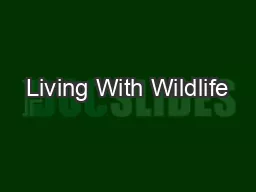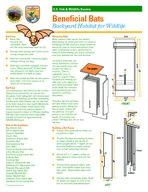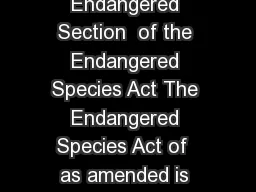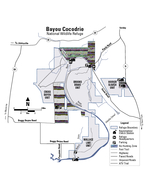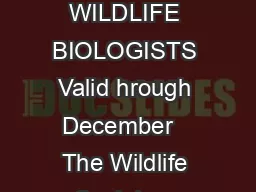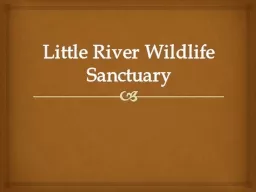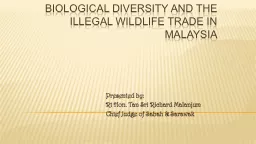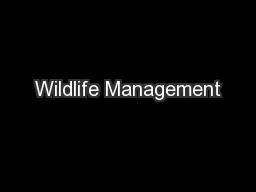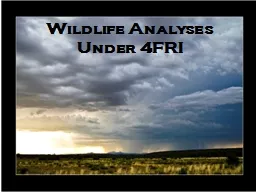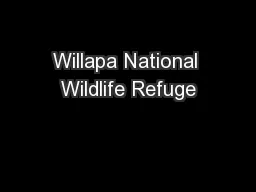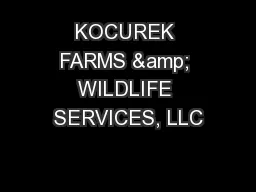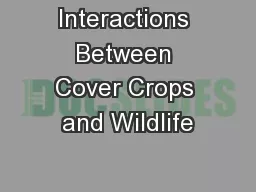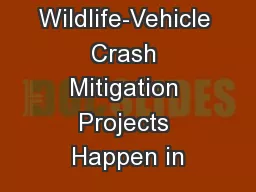PDF-Living With Wildlife
Author : tatiana-dople | Published Date : 2015-12-09
Woodpeckers in Massachusetts Photo by Bill Byrne Male Pileated Woodpecker feeding young Woodpeckers Family Picidae are uniquely adapted to forested habitats with
Presentation Embed Code
Download Presentation
Download Presentation The PPT/PDF document "Living With Wildlife" is the property of its rightful owner. Permission is granted to download and print the materials on this website for personal, non-commercial use only, and to display it on your personal computer provided you do not modify the materials and that you retain all copyright notices contained in the materials. By downloading content from our website, you accept the terms of this agreement.
Living With Wildlife: Transcript
Download Rules Of Document
"Living With Wildlife"The content belongs to its owner. You may download and print it for personal use, without modification, and keep all copyright notices. By downloading, you agree to these terms.
Related Documents

